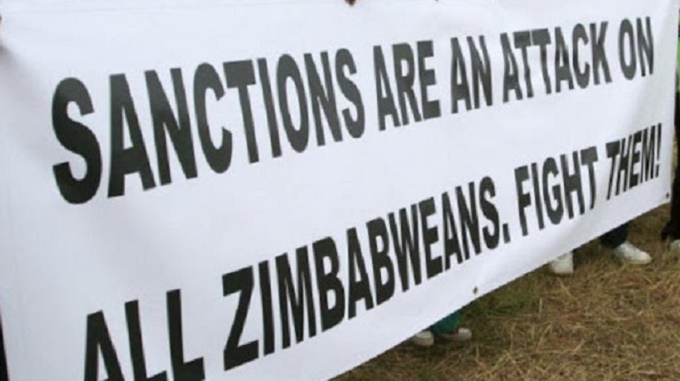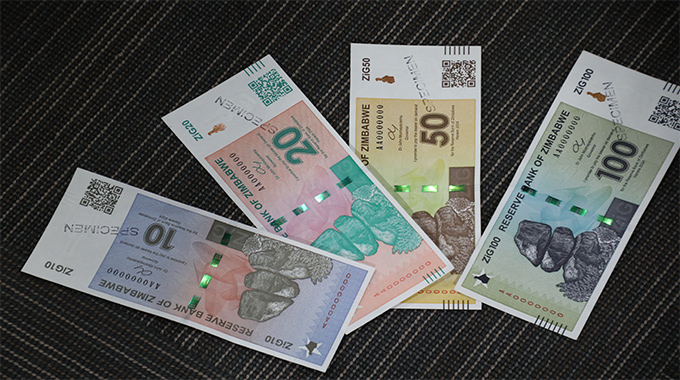Renewable energy catalyst for Zimbabwe’s socio-economic development

Johnson Siamachira
“When we didn’t have access to solar energy, our agricultural productivity at our irrigation scheme was very low. Even worse, we had to pay huge bills to power diesel generators.”
So says Ms Mpokiseng Moyo, a smallholder farmer at Mankonkoni Irrigation Scheme in Ward 19, Gwanda District, Matabeleland South Province.
“Now, I’m paying much less for electricity bills,” she adds.
“I use the saved money for daily household expenses, and for the education of my children,” Ms Moyo said.
She is a beneficiary of the Mashaba Solar Mini-Grid Scheme, Zimbabwe’s first inclusive solar mini grid established in 2015.
The 99kW Mashaba Solar Mini-Grid project, funded under the Sustainable Energy for Rural Communities programme, provides solar energy to power three irrigation schemes, five business centres, a clinic, a school and a study centre. The initiative is an example of a joint public, private and donor business and financial model of providing decentralised renewable energy.
It was jointly funded by the European Union (EU-ACP), the OPEC Fund for International Development (OFID), the Global Environmental Facility (GEF) and implemented by Practical Action, an international development organisation, as the lead partner, working with Netherlands Development Organisation (SNV) and Human Institute for Co-operation with Developing Countries (HIVOS) being the technical partners while Dabane Trust was the implementing partner, with the support of government ministries and departments.
The major aim of the project is to promote universal access to modern energy services for 10 000 rural men and women in 2 800 households in Gwanda South, contributing to better economic and social well-being.
According to Gwanda South community leader, Mr Thomson Makhalima, the solar energy initiative has completely transformed the area through supplying power to the Mashaba resource centre, supporting Internet facilities, enabling teaching through e-learning, improvement in the living conditions of teachers, and retention of teachers and learners.
At the start of the scheme in 2015, the rural electrification rates in Zimbabwe were as low as seven percent of households. Rural communities have limited livelihood activities which make connection costs unaffordable even if they had access to the grid.
Gwanda communities are 2km from the grid, yet even if they were closer, they would not be able to connect to or pay for electricity. Rural communities are therefore, caught in a vicious cycle, needing modern energy to escape poverty but lacking access due to poverty.
In Gwanda, the grid (delivering intermittent electricity) is more than 5km away but people travel over 20km to the nearest electrified area by road.
Through the establishment of the solar mini grid to power productive and social use, the scheme is contributing to the achievement of the Sustainable Energy for ALL (SE4ALL) goal. The SE4ALL is a United Nations global goal for achieving universal energy access to modern energy services by 2030.
The transformed area will provide a blueprint for a new wave of energy access for thousands of people in off-grid communities in the country.
Most African countries still struggle to meet the energy needs of their populations, especially in marginalised communities. The majority of Zimbabweans, in both rural and peri-urban areas, rely on biomass as a source of energy for cooking and other domestic energy requirements.
The country has capacity to produce 1 600MW of electricity from renewable energy resources by 2030, more than its present demand, but lacks technology to exploit its resources.
The 19 percent rural electricity access presents a huge opportunity for distributed renewable solutions covering mini hydro, solar, wind, and biomass.
Zimbabwe also enjoys 3 000 hours of sunshine per year. Coupled with more than 80 percent mobile penetration rate, high use of mobile payment platforms and a highly literate population, a huge opportunity for solar product sales presents itself. The solar water heating programme, for example, has a potential of saving 300MW from retrofitting existing electric geysers.
Zimbabwe’s economy is predominantly agro-based and with the bulk of the population living off the land, solar irrigation is critical to mitigating climate change and reduction of greenhouse emissions.
The potential of renewable sources of energy such as solar energy has not been fully realised in the country. Improved use of renewable sources of energy and the local manufacturing of energy technologies by the private sector has the potential to create many “green” jobs and reduce poverty.
Investing in renewable energy technologies is a promising option for combining the multiple goals of climate change mitigation, a low-carbon economy, employment creation — especially among the youth, thereby taking advantage of the growing number of young people out of work — energy security and sustainable development.
Among the key objectives of the Government of Zimbabwe is to develop a middle-income economy and achieve a 33 percent reduction of greenhouse gas emissions by 2030.
In the last decade or so, the country has gathered expertise in design and installations of domestic, commercial, industrial and utility solar photovoltaic (PV) projects, according to the Zimbabwe Energy Regulatory Authority (Zera).
Currently, the country is generating at least 22 MW of electricity from solar PV power plants at utility scale level, says Zera.
The Renewable Energy Policy has set a target of 1 575 MW of solar PV by 2030. Renewable energy technologies such as solar, have passed grid parity such that they are mostly cheaper than fossil fuel powered power generation plants.
The maximum feed in tariff for solar in Zimbabwe as guided by the Zimbabwe Electricity Supply Authority, the power utility(off-taker), is about 9c/kWh which is somehow comparable to the cost of generating electricity from the newly commissioned thermal power stations Hwange 7 and 8 units. However, hydro power electricity is still cheaper than that of solar as it ranges between 3 to 4 c/kWh from Kariba Large Hydro power plant, a Zera statement says.
Zera chief executive officer, Mr Edington Mazambani said to encourage private businesses to invest in renewable energy services, the Government has offered the following incentives; Duty exemption on solar products and Lithium-ion batteries, Corporate Income Tax Holiday for the first five years for power generation projects and thereafter 15 percent, Net metering (which is being implemented), Infrastructural Development Bank of Zimbabwe(IDBZ) Project Preparation and Development Fund to enable projects to be bankable, Prescribed Asset Status to renewable energy projects and Reduced Licensing Fees and Requirements to developers of renewable energy projects.
Mr Mazambani said: “Zera is lobbying the Government for Value Added Tax (VAT) exemption on renewable energy and energy efficient products and has conducted a study for the same.”
Private companies, known as independent power producers, have also been involved in setting up of solar farms in the country. Their mandate is to generate and sell electricity to the power utility, through a power purchase agreement. —NewZiana












Comments